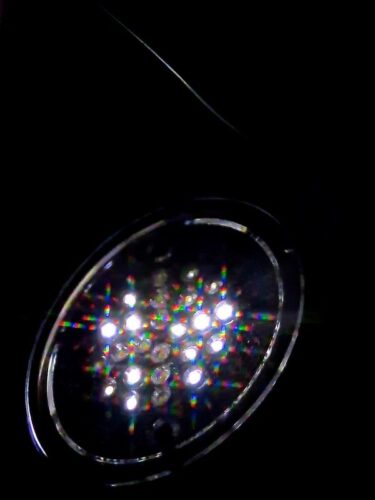Image Courtesy of Flickr.
Since the days of the Manhattan Project, nuclear physicists have concerned themselves with the study of certain atomic nuclei known as “magic nuclei.” Protons and neutrons, also known as nucleons, occupy shells within the nucleus corresponding to different energy levels. When these shells are full, our leading nuclear theory predicts the resulting isotope to be significantly more stable than other isotopes of similar mass and neutron-to-proton ratios.
Magic nuclei are unique because they have a full shell of either protons or neutrons. Since magic nuclei were first discovered, scientists have been able to determine if a given nucleus is “magic” by counting the number of protons and neutrons. Specifically, physicists predict that magic nuclei must contain exactly two, eight, twenty, twenty-eight, fifty, eighty-two, or 126 protons or neutrons. Following this pattern, 28O, the oxygen isotope consisting of twenty neutrons and eight protons, was predicted to be “doubly magic,” since it has a magic number of both protons and neutrons.
Oxygen, 16O, in its natural form, has six protons and six neutrons. To test the stability of 28O, a team of physicists with experimental operations based in the RIKEN Radioactive Isotope Beam Factory in Wako, Japan, worked to produce the isotope. The generation and detection of 28O was a highly technical feat: researchers shot a high-energy beam of calcium-48 atoms at a beryllium target, producing fluorine-29, which is only one proton away from the desired 28O. The team then propelled the fluorine-29 atoms into a wall of liquid hydrogen, knocking off the necessary proton and creating 28O. Using a specialized detector, the physicists observed the emission of four neutrons and a stable 24O isotope, indicating that 28O had in fact been present before decaying into 24O. To their surprise, however, the decay of 28O failed to demonstrate the high stability expected of a “doubly magic” isotope, raising a host of new questions about its atomic structure.
Numerous results from the experiment suggested that, contrary to expectations, 28O does not have a full shell of neutrons in its nucleus. The first piece of evidence was the almost immediate decay of 28O on a faster timescale than the researchers were able to measure, indicating that the supposed stability of the isotope does not hold up experimentally.
The researchers also computed the spectroscopic factor, a number between zero and one that describes the stability of the nuclear structure based on how much the arrangement of nucleons changes when a proton or neutron is removed. In a nucleus with full shells, the structure is very rigid, so removing one nucleon doesn’t cause widespread change in the arrangement of the surrounding nucleons, resulting in a high spectroscopic factor. On the other hand, if the structure of a nucleus is very unstable, removing one nucleon sets off a cascade of structural changes, yielding a low spectroscopic factor. Interestingly, the spectroscopic factor found by the team was much lower than what would have been expected if 28O had a full shell of neutrons.
Based on this data, the team concluded that despite having the correct number of protons and neutrons to fill both nuclear shells, some of the neutrons in 28O occupy higher energy levels instead, making the isotope not “doubly magic.” 28O is not the only exception to the typical rule for identifying “doubly magic” nuclei: 24O, which contains sixteen neutrons and eight protons, has historically demonstrated the stability that comes with being “doubly magic.” In light of these results, physicists are left with two major questions: What criteria can be used to predict if a nucleus is “doubly magic?” And why is it that the numeric rule tends to hold, but has a few select exceptions?Future experiments aim to gain more context for the stability of 28O and to explore how nuclei with high neutron-to-proton ratios, such as 30O, behave. Through these experiments, scientists hope to broaden their grasp of the nuclear shell model as a whole, gaining insight into phenomena taking place from a scale as small as that of a single isotope, to the scale of an entire neutron star. Alternatively, it’s entirely possible that these further investigations could reveal deep flaws with our current approach towards the structure of the nucleus, and perhaps even serve as a starting point for new theories. As for now, we can only be certain that there is much work to be done to fully understand “magic nuclei.”

